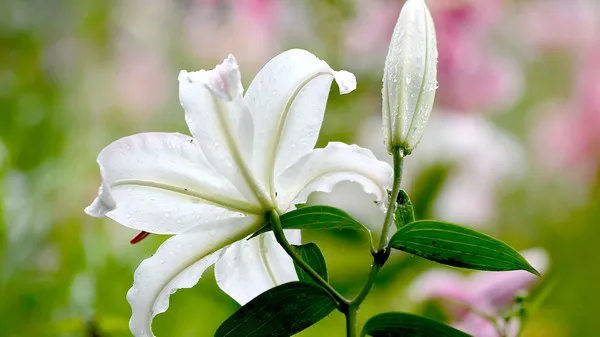Flowers have captivated human emotions and imaginations for centuries, acting as potent symbols with deep cultural and historical significance. Among these blossoms, the narcissus flower holds a unique place in both ancient mythology and modern cultural contexts. This article delves into the profound symbolism behind the narcissus flower and explores its closely related topics, including its origins, cultural representations, and potential psychological implications.
1. The Origins of Narcissus Flower Symbolism
The tale of Narcissus, a figure in Greek mythology, serves as the foundation for the flower’s symbolism. According to the myth, Narcissus was an exceptionally handsome young man who was known for his beauty and arrogance. One day, he caught sight of his own reflection in a pool of water and fell deeply in love with his own image, unable to tear himself away. Consumed by his infatuation, he eventually perished beside the pool, and from his body bloomed the exquisite narcissus flower.
2. The Enigmatic Beauty: Beauty and Vanity
The narcissus flower’s association with beauty and vanity stems directly from the Narcissus myth. Its captivating and delicate appearance represents beauty and aesthetics. However, it also serves as a cautionary symbol against excessive self-admiration and vanity. The narcissus flower reminds us of the dangers of becoming too infatuated with one’s own image and the importance of balance in self-perception.
3. Renewal and Rebirth: The Symbolism of Spring
The narcissus flower is closely linked to the season of spring, where nature undergoes a process of renewal and rebirth. As one of the earliest flowers to bloom in spring, the narcissus represents new beginnings, hope, and the emergence of life after a period of dormancy. Its appearance heralds the end of winter and welcomes the arrival of warmer, brighter days.
4. Cultural Representations of the Narcissus Flower
Beyond Greek mythology, the narcissus flower has found its way into various cultures and artistic expressions. In Chinese culture, it symbolizes good fortune and prosperity, often associated with the Chinese New Year. In Persian literature, the narcissus is a symbol of love and beauty, frequently referenced in romantic poetry.
5. Spiritual Significance: Purity and Enlightenment
In some spiritual traditions, the narcissus flower holds significance in terms of purity and spiritual awakening. The flower’s pristine white petals are associated with purity of heart and mind, often seen as a reflection of one’s inner self. In this context, the narcissus flower becomes a metaphor for seeking enlightenment and inner growth.
6. The Language of Flowers: Communication and Emotions
During the Victorian era, the language of flowers gained popularity as a means of non-verbal communication. Each flower held specific meanings, and the narcissus was no exception. Presenting a narcissus to someone conveyed the message of “self-esteem” or “egotism.” Additionally, it was used to express the idea of staying true to oneself and valuing one’s own identity.
7. Psychological Interpretations: Narcissism and Self-Reflection
In modern psychology, the term “narcissism” has been derived from the Narcissus myth, referring to an excessive preoccupation with oneself. While it is essential to differentiate between healthy self-esteem and pathological narcissism, the flower’s symbolism prompts us to engage in self-reflection and examine our attitudes towards self-love and self-obsession.
8. Gardening and Floristry: The Appeal of Narcissus Flowers
Narcissus flowers have gained popularity in gardening and floristry due to their charming appearance and early bloom. With numerous varieties available, from the classic yellow trumpet daffodils to delicate white poeticus narcissus, they add vibrancy and elegance to gardens and floral arrangements alike.
9. Medicinal and Toxic Properties
Beyond their symbolic significance, narcissus flowers have been used in traditional medicine for various purposes, including reducing inflammation, soothing skin ailments, and alleviating respiratory issues. However, caution is necessary, as some parts of the plant contain toxic alkaloids that can cause adverse reactions if ingested.
10. Conservation Efforts: Protecting the Narcissus Flower
Despite their resilience in the wild, certain species of narcissus are threatened by habitat destruction and illegal harvesting. Conservation efforts are crucial to protect these beautiful blooms and maintain their significance for future generations.
Conclusion
The narcissus flower’s symbolism encompasses a rich tapestry of themes, drawing upon ancient myths, cultural representations, and psychological implications. As a representation of beauty, vanity, renewal, and enlightenment, this delicate blossom continues to inspire and evoke profound emotions across diverse cultures and artistic expressions. Whether admired in a garden or presented as a gift, the narcissus flower remains a timeless reminder of the complexities of human nature and the importance of balance in self-perception. As we appreciate its allure, let us also reflect on the lessons it imparts, guiding us towards a deeper understanding of ourselves and the world around us.


